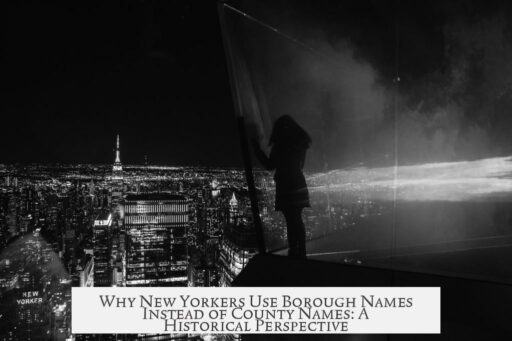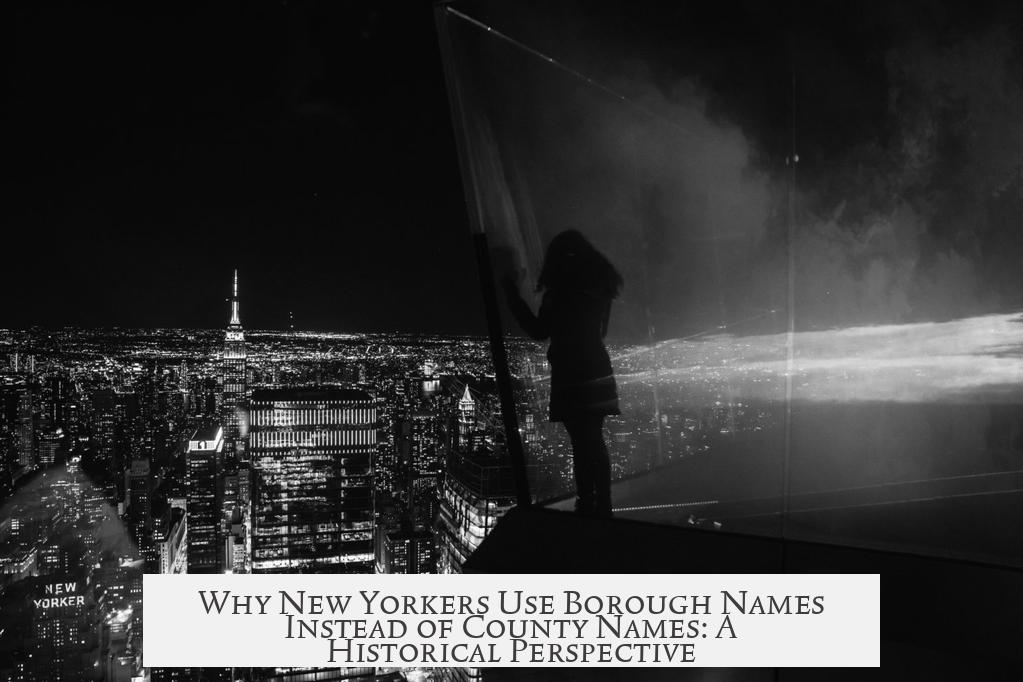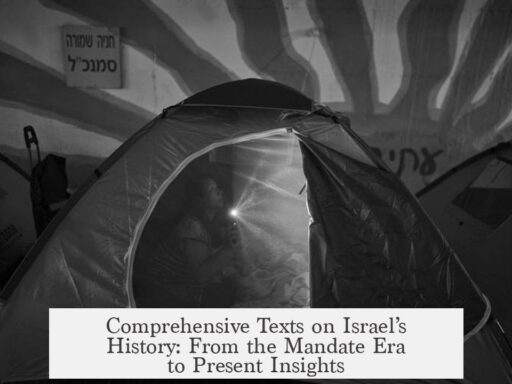New York City’s counties are rarely referred to by their county names because each county corresponds directly to one of the city’s five boroughs, whose names are more commonly used. This change in naming convention aligns with the city’s consolidation and administrative structure established in the late 19th and early 20th centuries.
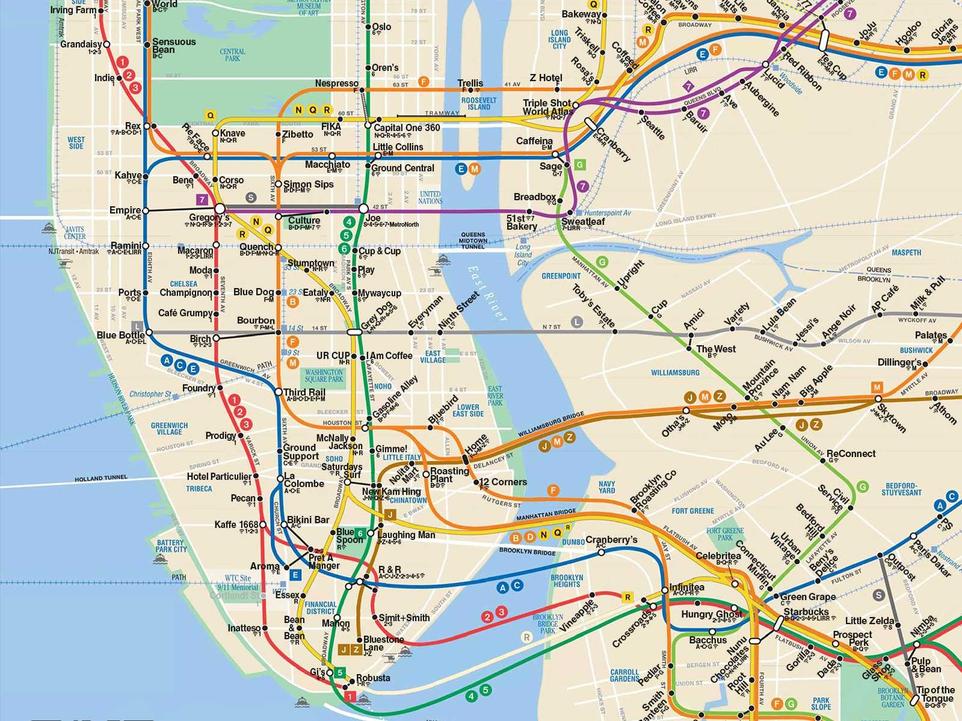
New York City covers five counties:
- New York County (Manhattan)
- Kings County (Brooklyn)
- Richmond County (Staten Island)
- Queens County (Queens)
- The Bronx County (Bronx)
Historically, the cities of New York and Brooklyn were separate entities, each occupying its own county—New York County for Manhattan and Kings County for Brooklyn. Both cities expanded by annexing surrounding land within their counties during the 19th century.

Significant changes occurred in 1898 when Brooklyn, Richmond County, and parts of Queens County merged with the City of New York. This marked the city’s consolidation, creating the present-day five-borough system. Queens County was split, with the western portion becoming part of NYC’s Queens borough and the eastern section later forming Nassau County. New York County expanded to include parts of Westchester County that became the Bronx. In 1914, Bronx County was officially created, separating it from New York County and finalizing the county boundaries.
The boroughs retained their original names based on historical and geographic identities rather than county names, which may be less familiar:
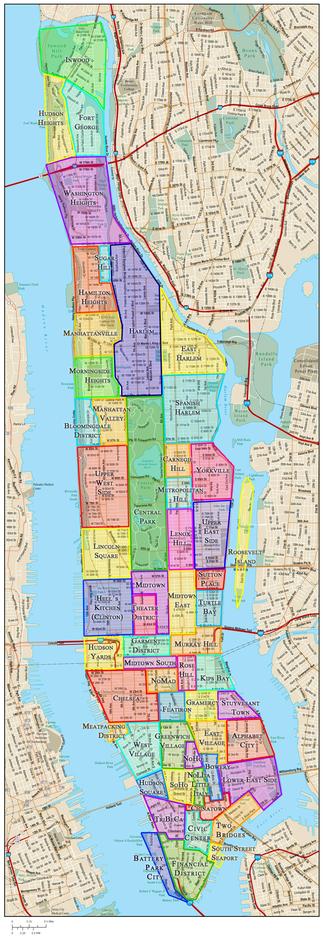
- Manhattan corresponds to New York County, named after the island.
- Brooklyn aligns with Kings County, reflecting the former city name.
- The Bronx derives its name from the Bronx River, not New York County.
- Queens borough shares the name with Queens County.
- Staten Island was called the Borough of Richmond until 1975, when its name officially changed to Staten Island, matching common usage.
As a result, residents and officials use borough names because they reflect the cultural and historical identity of each area better than county names. The formal county names remain for legal and administrative purposes but are generally unfamiliar to the public.
| Year | Event |
|---|---|
| 1878 & 1895 | NYC annexes parts of Westchester, expanding New York County |
| 1898 | Brooklyn, Richmond County & part of Queens join NYC; Queens split |
| 1914 | The Bronx becomes its own county |
| 1975 | Richmond County officially renamed Staten Island borough |
- Each borough fully covers a county, replacing county names in daily use.
- Consolidation in 1898 created the five-borough structure.
- The Bronx became a separate county in 1914.
- Richmond County’s name changed to Staten Island in 1975.
Why Don’t We Refer to NY’s Counties by Their Names? When Did They Change?
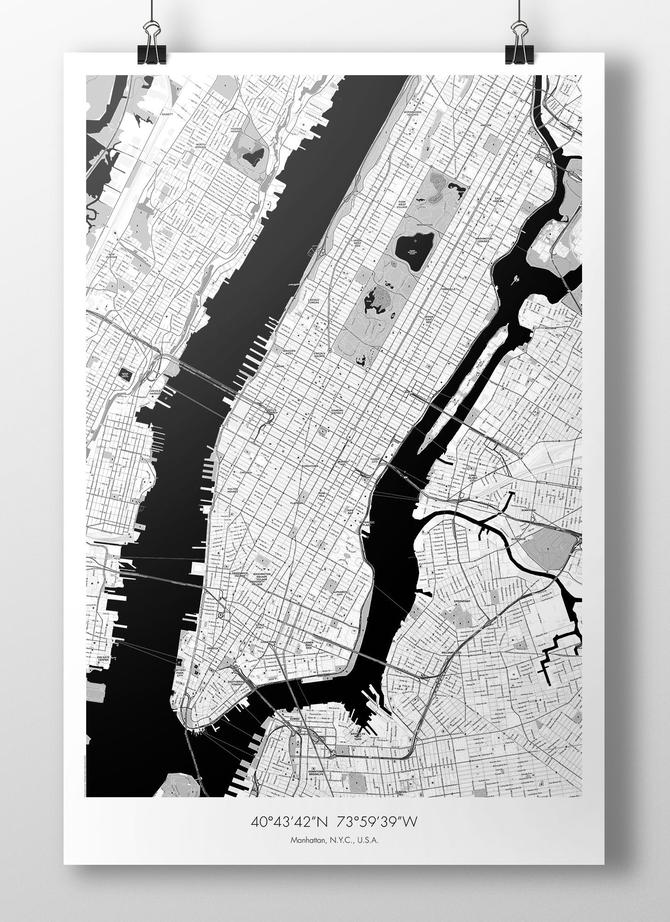
Short answer: Because New York City’s five boroughs perfectly overlap with five counties, and the borough names—rooted in history and geography—became more common than the official county names, especially after consolidation and renaming changes that took place mainly between the late 19th century and 1975. Let’s unpack that.
If you’ve ever looked at a map of New York City, you might notice an unusual naming quirk. The city is divided into boroughs, not counties—yet each borough is technically a county under state law. So why don’t we call them by their counties’ official names? Mostly because of history, consolidation, and a pinch of identity pride.
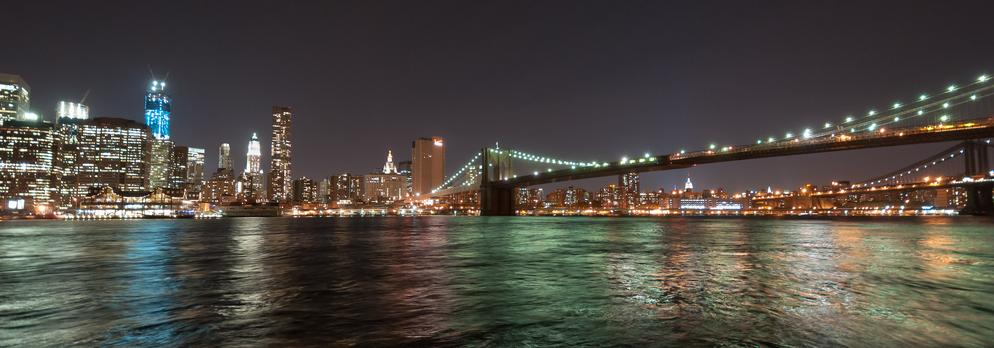
Five Boroughs, Five Counties: The Overlap Puzzle
New York City fully covers five counties, each perfectly matching a borough:
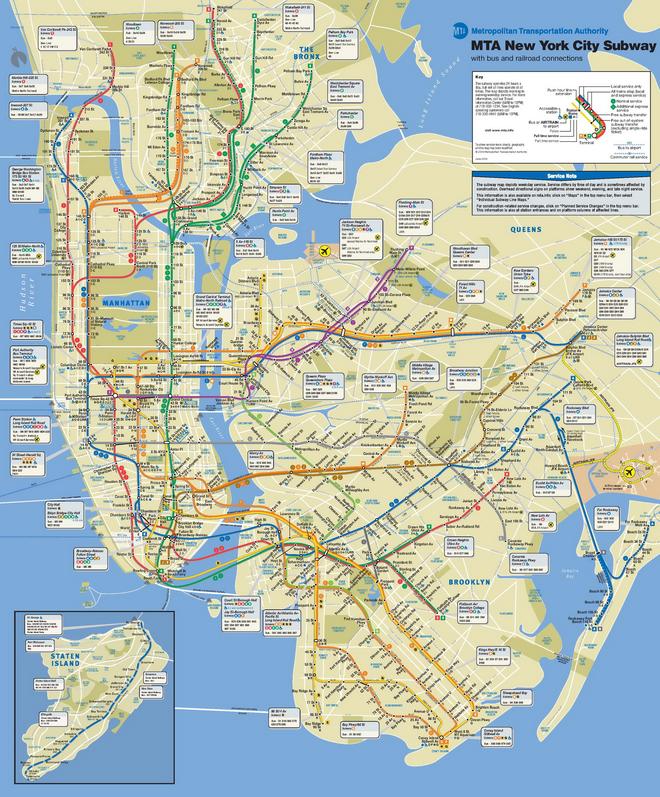
- New York County = Manhattan
- Kings County = Brooklyn
- Richmond County = Staten Island
- Queens County = Queens
- Bronx County = The Bronx
Think of it like a one-to-one team partnership. Instead of calling the boroughs by their legal county names—ones that sound like some places in the Bible or mushroom counties—you hear “Brooklyn” or “The Bronx” at every pizza joint, subway station, and sitcom. This overlap means residents identify far more with boroughs.
19th-Century NYC and Brooklyn: The Tale of Two Cities
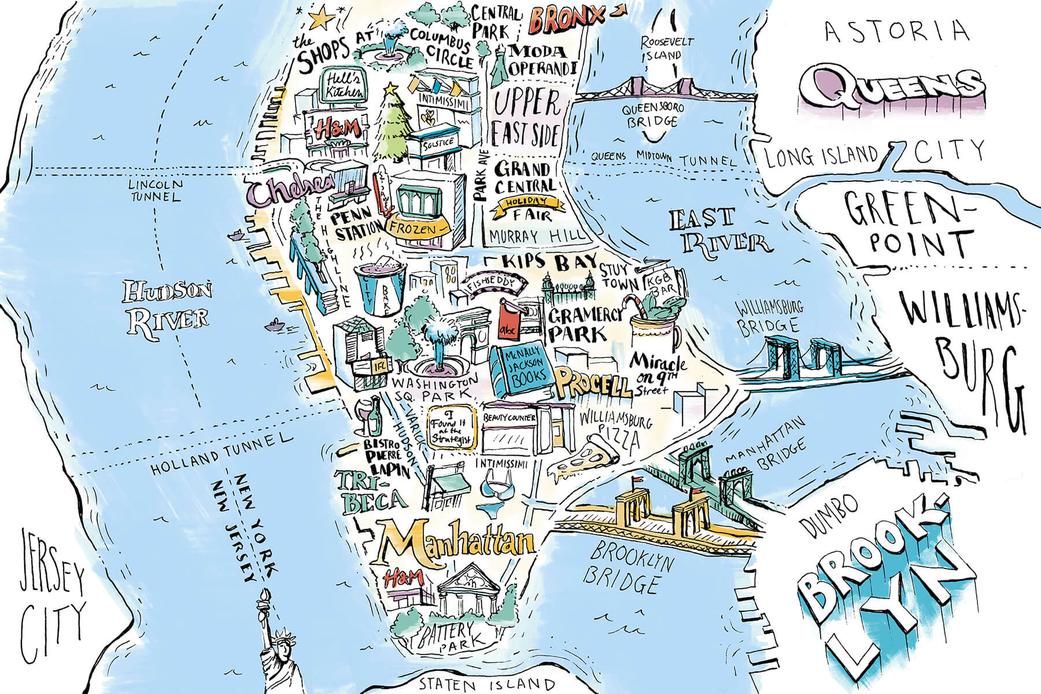
Back in the 1800s, New York City and Brooklyn weren’t joined at the hip. These were two distinct cities, sitting across the East River, in their own counties—New York County for Manhattan & NYC, Kings County for Brooklyn. Both cities expanded—like awkward teenagers claiming more corner of their bedrooms—but they stayed separated. Brooklyn proudly stood as its own city until 1898.
Both cities annexed lands to fill their counties, so if you live in Brooklyn, it’s actually all of Kings County, fully absorbed under one local government back then. This setup was the scene before the fusion act.
1898 Consolidation: The Merger That Changed Everything
In 1898, a big game-changer: Brooklyn merges with New York City. Not just Brooklyn, but the rest of Richmond County (what you know as Staten Island), and the western portion of Queens County join the big apple party.
Parts of Westchester County (today’s Bronx) were annexed earlier (1878, 1895), but the Bronx itself officially became its own county, separate from New York County, in 1914. That finalized the modern NYC county map.
This consolidation flipped the usual naming conventions on their head. The borough names, which had long historical roots, became the everyday way for locals to refer to their home turf. Meanwhile, county names stayed in official documents but faded from casual conversation.
Borough Names Versus County Names: A Matter of Identity
Here’s a fun twist: The borough names didn’t just fall from the sky.
- Brooklyn> = The old city of Brooklyn, Kings County’s equivalent.
- Manhattan = The island making up New York County.
- The Bronx = Named for the Bronx River, its natural namesake.
- Queens = Kept consistent as the county and borough shared the same name.
- Staten Island (once Borough of Richmond) = An island with a strong identity of its own.
Getting the borough names right wasn’t just a matter of geography, but of preserving identity through decades of political maneuvering and urban growth. Calling a borough by its county name felt odd or even out of place in the streets.
Richmond to Staten Island: The 1975 Name Switch
Until 1975, Staten Island still carried the name of Richmond County officially as the Borough of Richmond. Yet no one really said “Richmond”—everyone called it Staten Island.
In a move reflecting popular usage rather than dry legal labels, the borough formally embraced “Staten Island.” This late change solidified the pattern: borough names triumph in everyday conversation, while counties exist in the books.
So, Should We Start Calling Brooklyn “Kings County” Again?
Technically, you could—but it would sound like you’re reading off a census report rather than grabbing a slice of pizza. Kings County doesn’t have that Brooklyn swagger. Manhattan’s fine in bureaucracy-land, but locals call it Manhattan for good reasons: it’s the island, the vibe, the place with the skyline that’s always in movies.
This dynamic reinforces a simple truth—language isn’t just about official titles; it’s about connection and identity.
What Does This Mean for Visitors and Residents?
If you’re trying to navigate the city or understand its history, keep in mind that:
- Borough names are your best friends for directions and local culture.
- County names still matter for legal addresses, voting districts, and real estate.
- Historical mindset helps: Brooklyn used to be its own city in Kings County.
- Staten Island’s story illustrates how common usage can rewrite official labels.
And, a question for you: Have you ever tried to look up court records or property deeds in “The Bronx” only to find references to “Bronx County”? It’s a good reminder of the layers behind the simple borough names.
Wrapping Up: Names with Stories
New York City’s refusal to be referred to by official county names stems from history, identity, and practical consolidation pathways that merged once-separate cities into a mega-city of five boroughs. The official county names quietly persist, but everyday life favors the borough designations.
It’s a story of grown-up urban neighborhoods embracing their roots while adjusting to new city limits. And the switch from Borough of Richmond to Staten Island in 1975? That’s the cherry on top, showing how names change when people start calling places differently.
So next time you’re chatting about Brooklyn or The Bronx, remember—those names carry centuries of history, politics, and a dash of New York City pride. And officially calling them by their county names? That’s the kind of thing only a geographer or a government official would do… and even then, probably not out loud.
